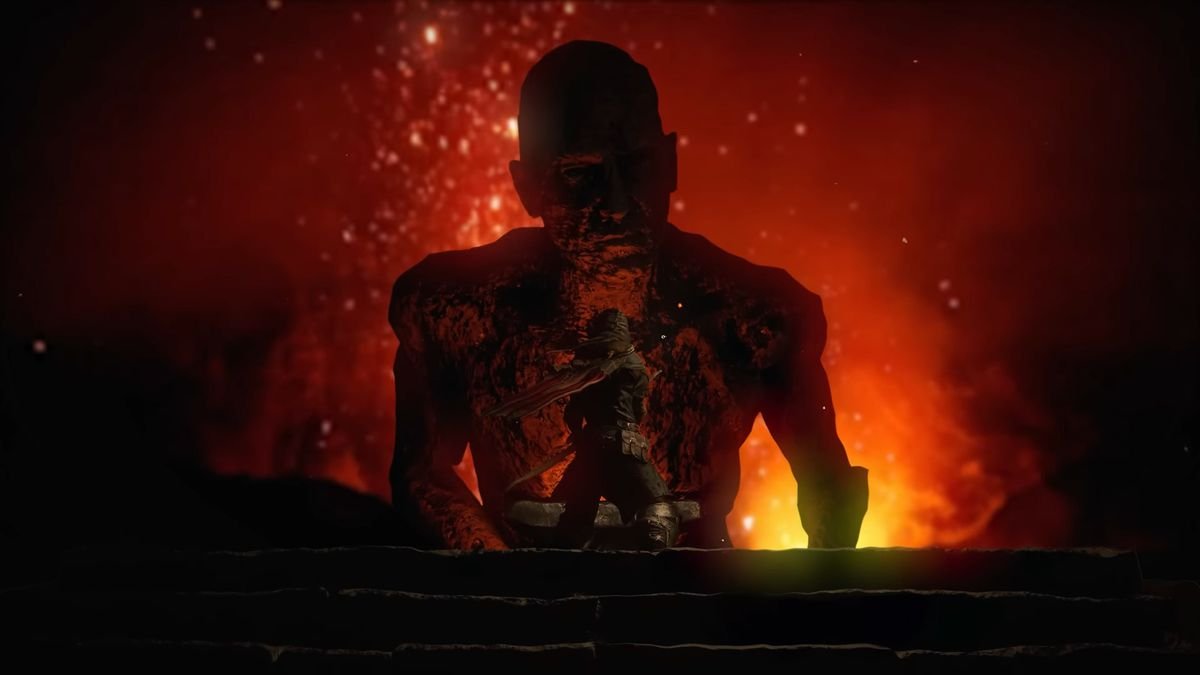Path of Exile is entering the 10th year of its life, and so far, no other action-RPG can match its scope and breadth of content. Seasonal leagues and expansions did not each come and go after a few months. Instead, most of their mechanics were integrated into Path of Exile’s very core, morphing an already complex experience into an almost untamable beast. For better and worse, streamlining has not been one of developer Grinding Gear Games’ priorities.
The free-to-play online ARPG entered beta back in August 2011, where it incubated before officially launching in October 2013. The timing couldn’t have been better for players who felt shortchanged by the early incarnation of Diablo 3, which featured an overwrought auction house and a lacking loot system. Path of Exile deployed a darker gothic tone, with stronger focus on nuanced character builds, the ability to min-max your creations, and challenging endgame content. It represented the second coming of Diablo 2 by hands other than Blizzard’s.
You’ve probably seen, or caught wind of, Path of Exile’s passive skill tree. It’s so massive that it has its own built-in search bar, allowing each of the seven base character classes to travel through hundreds of upgrade nodes. There are natural archetypes for them to fit into — the Marauder starts with tons of strength, the Ranger excels in dexterity — and they can easily build on those attributes. From there, however, they can branch out in any direction, reinforcing an array of weaker stats in order to excel with weapons or abilities that they weren’t “intended” to master. Coming to terms with the complexity and magnitude of the passive skill tree is a necessary trial by fire. Especially considering it’s not the only one.

Image: Grinding Gear Games via Polygon
I mostly ignored its late-game aspects when I first played it in 2014. By and large, you can still do the same nowadays. The main story spans 10 acts, replete with scripted quests, horrific bosses, and a swath of regions to explore along the way. Each area is absolutely veined with branching side paths. If you want to sink yourself into a grim atmosphere, collect piles of impactful loot, and gradually turn your characters into unparalleled forces, Path of Exile can fulfill that desire. However, its “endgame” is what so aggressively sets the game apart from its ARPG peers, and, really, all live-service games.
Reaching the endgame grants you access to the Atlas of Worlds, which was introduced in an expansion of the same name in late 2016. It’s a massive tree, of sorts, consisting of over a hundred maps. Players spend resources to both access and empower these single-run areas before fighting through them for improved loot. It’s an enticing system that grants you full control over the difficulty, and the resulting risk-reward factor.
It’s also one that constantly intertwines with mechanics introduced in past expansions: The Beyond ability, introduced in 2014, is still a good way to increase the number of enemies in Atlas maps by spawning daemonic portals. The Delirium effect, on the other hand, has been a preferred method to empower encounters since 2020, thanks to a fog in which enemies grow stronger the further you plunge in. The Maven’s Crucible, one of the most recent mechanics introduced in the Echoes of the Atlas expansion in January 2021, paved the way for yet another turning point in Path of Exile’s complexity.

Image: Grinding Gear Games via Polygon
The Maven is a character that occasionally presides over these loot runs. After fighting a handful of bosses (and completing a few smaller objectives), you then face off against a single, uninterrupted gauntlet of all of those same bosses before a smackdown with the Maven herself. This process originally granted you skill points to spend in smaller skill trees inside the Atlas of Worlds content. But with the release of Siege of the Atlas, Grinding Gear meshed all of these smaller trees together into one single, gargantuan web. This massive sprawl of branching pathways allows you to customize your endgame experience, empowering legacy mechanics present in Atlas-generated maps. The approach is yet again overwhelming, doubling down on the game’s preexisting traditions. Crucially, this new array of skills didn’t replace the aforementioned tree — it stands alongside it.
These two expansions — how they interacted with each other, but also how they added such wide-ranging gameplay implications to an 11-year-old game — represent Grinding Gear Games’ philosophy in microcosm. The studio is unafraid to stack system upon system, preserving the existing content in amber, while seeing the whole game through a new lens with each subsequent update. It would take me tens of thousands of words to explain how each expansion, update, and season added to this miniature world and its many interlocking systems. In exploring the game’s expanse, it’s not uncommon to encounter cards for deck-building, contracts to hire thieves in order to plan a heist, or entrances to gardens that lead to a harvest mechanic that rewards powerful crafting recipes.
As overwhelming as this all can be, there is an unparalleled satisfaction in understanding Path of Exile’s language. I attended multiple Grinding Gear preview sessions ahead of new expansions throughout the years, and in each subsequent demo, I realized how much I had learned from the previous one — I recognized slang, noticed numerous miniscule tweaks, and marveled at the major alterations. The studio often jokes about the game’s complexity during presentations, but there’s palpable pride in the way it discusses upcoming changes, from nerfs that can affect popular builds to new currency items that are bound to shake up the community-led economy.

Image: Grinding Gear Games via Polygon
Considering how live-service games tend to vault past mechanics or expansions in the interest of onboarding new players as smoothly as possible, Path of Exile is all the more notable for its dedication to building a legacy of lasting content. It doesn’t mean that it’s impossible for a newcomer to jump into the game in 2023: The release of Leagues, which last for three to four months and have players starting a character from scratch, makes for a great opportunity to do so. But for seasoned players, there’s always something new around the corner, always a backlog of expansions to delve into. Just recently, Grinding Gear added a roguelike-style mode in the Forbidden Sanctum League.
Many ARPGs have filled the gap between Diablo 3 and Diablo 4 in the past decade. Grim Dawn, Torchlight 2 and 3, Wolcen: Lords of Mayhem, Last Epoch, and Lost Ark are only a few of them. They’ve all carved their own niches in the space, spawning their own communities, and thus their own legacies, to varying degrees. Path of Exile, despite its lengthy lifespan and risky major updates, has managed to not only retain but exceed its initial popularity: Just last week, it hit its highest concurrent player count ever, with a total of 321,180 users jumping in to try the Crucible League.
Path of Exile 2 is expected sometime in 2023. According to Grinding Gear, it will introduce a number of substantial changes — an overhaul to the skill gems system and 19 new ascendancy classes being the most prominent — as well as a new seven-act storyline that will be available alongside the original campaign. More details will be revealed during ExileCon 2023 in July, an event that started back in 2019 akin to Warframe’s TennoCon, alongside a showcase of Path of Exile Mobile.
In short: Grinding Gear Games is nowhere near done building the Path of Exile universe.

Image: Grinding Gear Games via Polygon
Ironically enough, the studio considers Path of Exile 2 more of a major expansion than a traditional sequel — one whose storyline will coincide with the original’s in the aforementioned Atlas of Worlds endgame. It will also, as Grinding Gear has ensured time and time again, retain all of the mechanics introduced in previous expansions.
In 2019, Warframe’s then-creative director Steve Sinclair called the live-service game’s community a “hungry monster to feed.” For as many newcomers as these “endless” games attract, there are also swaths of dedicated veterans, with hundreds or even thousands of hours logged, craving more: more loot, more story quests, more characters — the list goes on. Path of Exile, for its part, has its own beast to feed. Its inexhaustible trickle of expansions and updates is a testament to that fact. How Grinding Gear plans to sate its community in the future remains to be seen — for now, there’s plenty of food to go around.
Path of Exile was released on Oct. 23, 2013, and is available on Windows PC, PlayStation 4, Xbox One, and Xbox Series X. The game was re-reviewed on PC. Vox Media has affiliate partnerships. These do not influence editorial content, though Vox Media may earn commissions for products purchased via affiliate links. You can find additional information about Polygon’s ethics policy here.















































